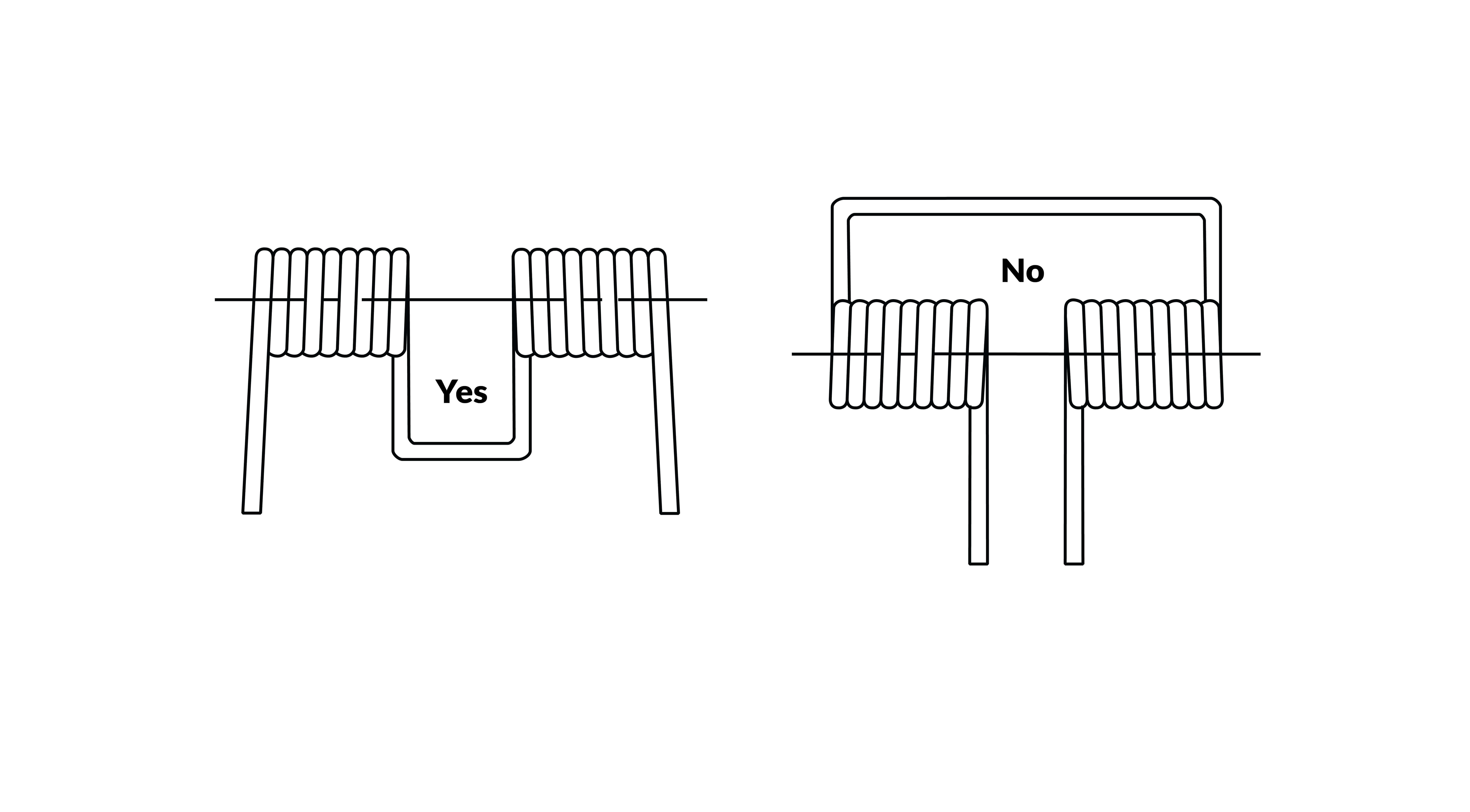Get unique, complex parts easily. No matter your requirements, Chaoyi Spring creates hard-to-produce coil springs and wire forms.
Let us help you create the custom wire form you need, from S-hooks and J-hooks to utility hooks and more.
We work closely with customers across a wide range of industries, helping them design and manufacture made-to-order parts.
Why choose Chaoyi Spring? We prioritize customer-focused collaboration, modern equipment and the latest technology to make your parts per print.
Find the information and guidance you need, from measuring a spring to learning about materials, placing an order and much more.
Working with springs can be a bit tricky, especially when it comes to compressing them. Whether you're a seasoned mechanic or a DIY enthusiast tackling a home project, understanding the


Working with springs can be a bit tricky, especially when it comes to compressing them. Whether you're a seasoned mechanic or a DIY enthusiast tackling a home project, understanding the proper techniques for compressing springs is crucial for both safety and efficiency. This guide will walk you through the ins and outs of spring compression, providing you with the knowledge and confidence to tackle your next spring-related task.

Before we delve into the how-to, let's get a grasp on what springs are and how they work. In essence, a spring is an elastic object designed to store mechanical energy. When you apply force to a spring, compressing it, you're essentially storing energy within its coils. Release that force, and the spring releases that stored energy, returning to its original shape. Springs come in various forms, each suited for specific purposes, but the fundamental principle remains the same.
You might be wondering why anyone would need to compress a spring in the first place. Well, springs are incredibly versatile components used in a wide range of applications. From car suspension systems and garage doors to everyday items like pens and clothespins, springs play a vital role in our daily lives. Compressing a spring is often necessary for tasks like:
Now, let's get to the heart of the matter: how to actually compress a spring. Fortunately, there are several methods you can employ, each offering its own advantages and limitations. Choosing the right method depends on the type and size of the spring, the tools available, and the specific task at hand. Here are some common techniques:
For smaller springs or those with relatively low tension, manual compression might be feasible. This involves using your hands to physically push the coils together. While seemingly straightforward, manual compression requires caution. Always wear safety glasses to protect your eyes from potential spring ejection, and proceed slowly and carefully.
A vise provides a more controlled and secure way to compress springs, especially larger or stronger ones. Secure the spring within the vise jaws, ensuring it's centered and stable. Gradually tighten the vise, compressing the spring to the desired length. This method offers more leverage and stability compared to manual compression.
Similar to using a vise, C-clamps can effectively compress springs. Position the spring between the clamp's jaws and tighten the clamp screw to compress the spring. This method is particularly useful for compressing springs in confined spaces where a vise might not fit.
For frequent spring compression tasks or when dealing with heavy-duty springs, a dedicated spring compressor tool is invaluable. These specialized tools are designed specifically for compressing springs safely and efficiently. They typically feature a ratcheting mechanism or hydraulic system to provide ample force and control. Spring compressors come in various designs, each tailored for specific spring types and sizes.
Regardless of the method you choose, always prioritize safety when compressing springs. Here are some crucial precautions to keep in mind:
If you decide to invest in a spring compressor, selecting the right one for your needs is crucial. Consider the following factors:
Mastering the art of compressing springs is an essential skill for anyone working with mechanical systems. By understanding the principles of spring behavior, familiarizing yourself with different compression methods, and prioritizing safety precautions, you can confidently tackle spring-related tasks. Remember, the right tools and techniques, coupled with a healthy dose of caution, will empower you to work with springs effectively and safely.
Browse some of the custom wire forms and springs that we manufacture. Don’t see what you need? We specialize in made-to-order products that meet your application requirements.
Visit Our GalleryNeed a custom wire form or coil spring? We make it work. Fill out the contact form and a representative will respond within 1 business day. If you have a PDF or CAD file, you can submit to request a quote.